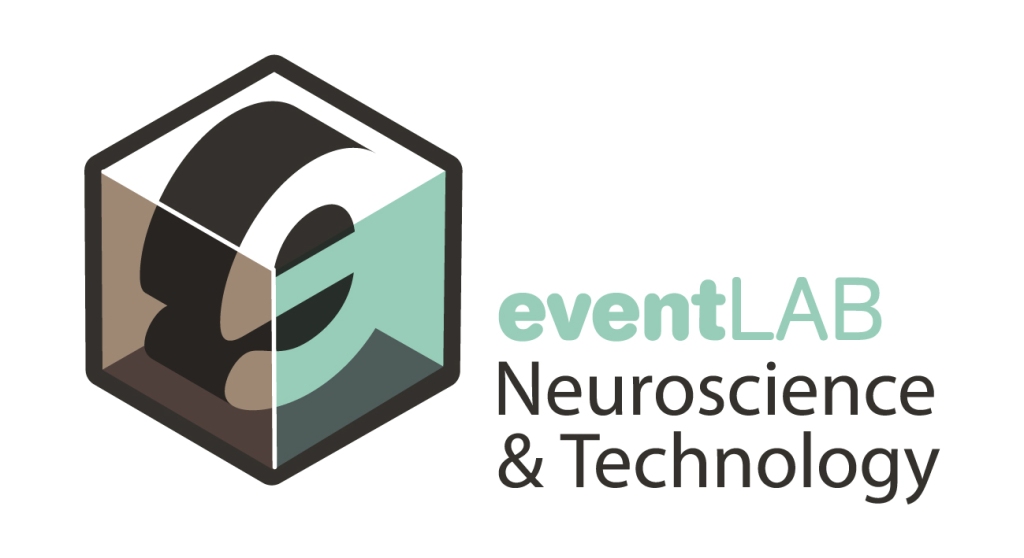
MoTIVE Symposium
Moments in Time in Immersive Virtual Environments (MoTIVE)
24th January 2020
Sala de Graus, Mundet Campus
This symposium introduces the ideas and early results from the ERC Advanced Grant MoTIVE (Moments in Time in Immersive Virtual Environments). This project aims at the technical level to reconstruct events from the past, in particular music concerts, and then use these as a platform for scientific studies.
We are honoured to have Professor Alain Berthoz as a Keynote Speaker.
Registration is now open. Limited capacity
For any clarifications contact melslater@ub.edu with the subject line “MoTIVE Symposium”.
Programme
10.00 The MoTIVE Project
Mel Slater, Event Lab, Department of Clinical Psychology and Psychobiology, Universitat de Barcelona.
10.30 Keynote Speech: Alain Berthoz
Professor, College de France. Director of the Laboratory of Physiology of Physiology of Perception and Action of CNRS
The Brain and Space in Virtual Worlds
Abstract
I will describe theories and experiments concerning the cognitive strategies used by the brain for spatial memory and navigation in virtual in real and virtual worlds. I will also describe recent studies on embodiment with avatars and the potential mechanisms of empathy and sympathy with virtual avatars. The development and neural pathology of these mechanisms will be considered and the use of virtual reality for remediation proposed.
11.30 Break and demonstrations
12.00 Jaime Gallego and Alejandro Beacco Event Lab, Department of Clinical Psychology and Psychobiology, Universitat de Barcelona.
Towards automatic 3D reconstruction from in-the-wild videos
Abstract
We present a novel framework to achieve the 3D virtual representation of any 2D RGB sequence focusing on the reconstruction of human characters and their animation. Our method, based on the more recent deep learning and computer vision techniques, requires only a monocular 2D video to recreate past experiences in virtual reality.
12.45 Ramon Oliva, Department of Clinical Psychology and Psychobiology, Universitat de Barcelona.
Interaction and Movement in VR
Abstract
In a Virtual Reality application, it is common that the user needs to interact in some way with the virtual environment. For example, the user may need to grab an object of the scene, press some kind of button or navigate from one point of the environment to another. The way this interaction is performed is a key point to keep the plausibility of the virtual environment. In the specific case of navigation, several approaches have been proposed, ranging from the simplest one that consists of using a game pad or VR controller for moving, to other metaphors such as the magic carpet and the Walk-in-Place method. Here we explore and discuss the advantages and disadvantages of several interaction methodologies and we show practical applications.
13.15 Lunch and demos
14.45 Joan Llobera, Department of Clinical Psychology and Psychobiology, Universitat de Barcelona.
Reinforcement Learning for the assessment of user preferences
Abstract
Traditional factorial experiments are largely used in virtual reality (VR) studies, particularly in combination with post-experimental questionnaires. However, these methods have shortcomings that limit the number of factors that can be simultaneously evaluated.
In this talk I introduce a new Reinforcement Learning (RL) based method to discover user preferences within virtual reality that addresses some of these limitations. The main benefit of this method, compared to traditional factorial experiments, is that it allows simultaneous assessment of multiple factors contributing to user preferences. A second benefit is that, instead of traditional post-experimental questionnaires with Likert-scale responses, user preferences can be assessed with simple binary decisions taken by the participant within the experiment. I demonstrate the benefits of this method in an experiment with four binary variables and discuss the benefits of using this method to obtain results based on the real-time in-experience actions of participants (in making their choices), rather than solely on post-experience questionnaire measures.
15.15 Solène Neyret, Department of Clinical Psychology and Psychobiology, Universitat de Barcelona.
A predictive coding model of PI and PsI in IVE
Abstract
Here we aim at defining more precisely the subjective experience of “being there” inside a virtual environment using the predictive coding framework. We will use the term Place Illusion to refer to the illusion of being in the place depicted by the virtual environment, and the term Plausibility Illusion to refer to the extent to which the situation and events taking place inside the virtual reality seem to be “really happening”. Two important aspects will be considered here, one is the temporary nature of Place Illusion and Plausibility Illusion. The second will be the coexistence of two different set of predictions when one is immersed in Virtual Reality.
15.45 Break and demos
16.15 Domna Banakou, Department of Clinical Psychology and Psychobiology, Universitat de Barcelona.
Implicit racial bias in affective social contexts in IVR
Abstract
In previous studies we have shown that IVR can be used to reduce implicit racial bias by embodying White participants in a Black virtual body. Nonetheless, these studies take place in non-social and non-affective contexts. We report an experiment where we show that when White participants are embodied in a Black virtual body in a social situation that generates negative affect, implicit racial bias can in fact, increase. Moreover, we find evidence of cognitive dissonance, where White people embodied in a Black body in a negative social situation are likely to have less body ownership than when in a Black virtual body.
16.45 Mavi Sanchez-Vives, IDIBABS, Barcelona
What does the virtual body tells us about sensory processing and motor control
Abstract
Our experimental results using virtual bodies in immersive VR suggest that body representation in the brain is highly plastic and that vision dominates over proprioception and tactile information. The interaction between different sensory streams can result even in the modulation of pain threshold, or pain ratings when in chronic pain patients. However, the plasticity of body representation has some limits, and we can look for them using virtual enviroments. Control, agency and responsibility over movements are highly relevant aspects of the motor system that we can also dissect when we move virtual bodies either by tracking of our real movements or by means of brain computer interfaces (Nierula et al, Journal of Physiology, 2019) and they will be discussed in this talk.
17.15 Discussion
Panel: Alain Berthoz, Mavi Sanchez-Vives, Mel Slater
17.45 Close






